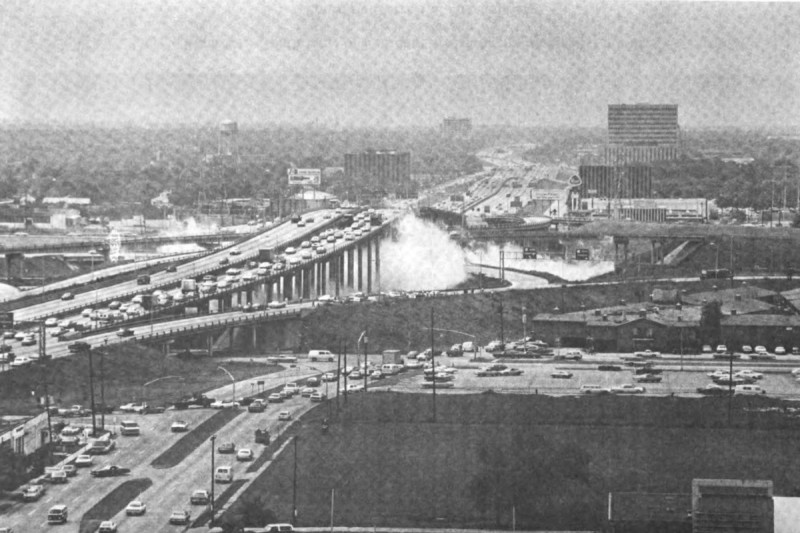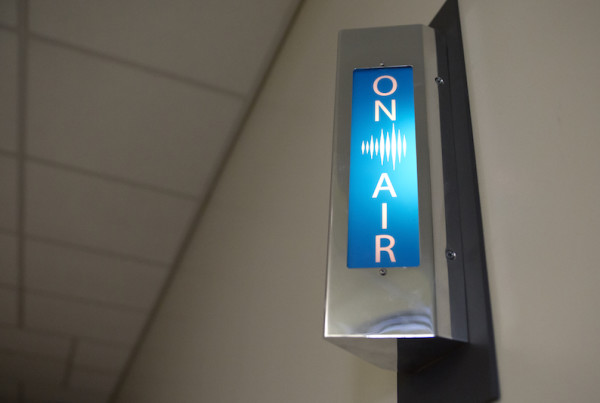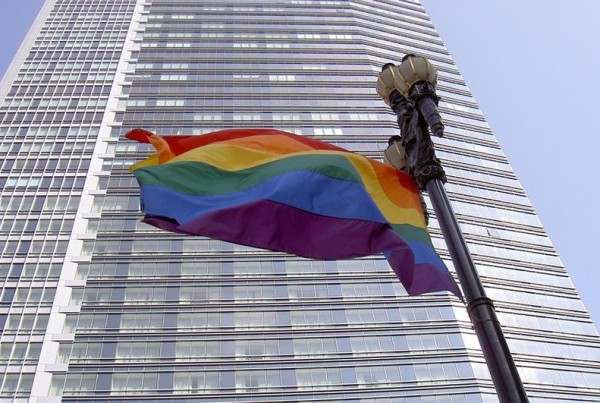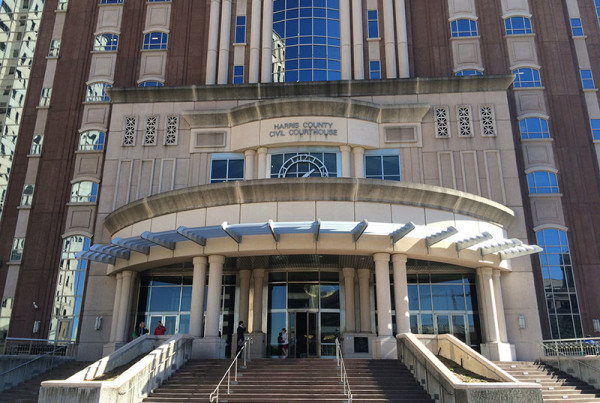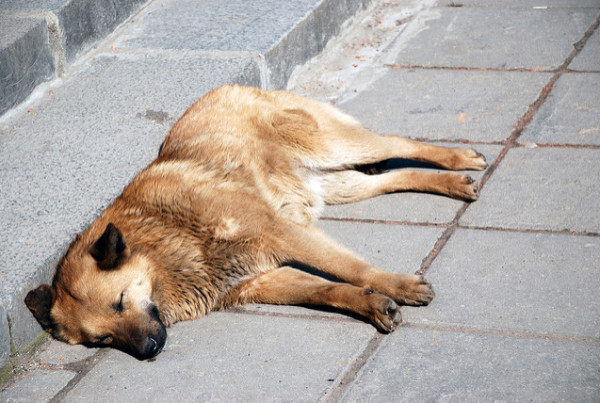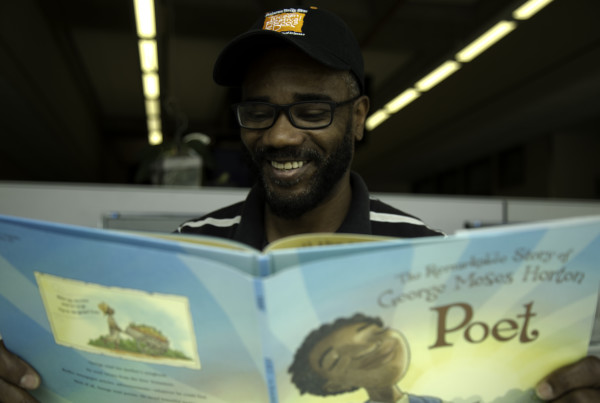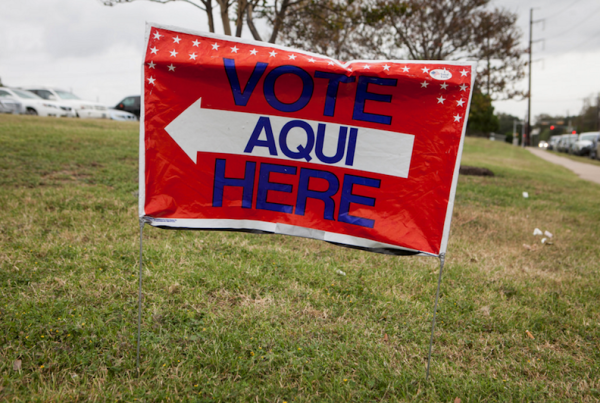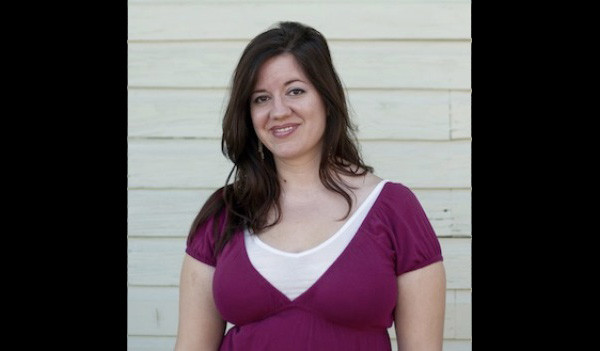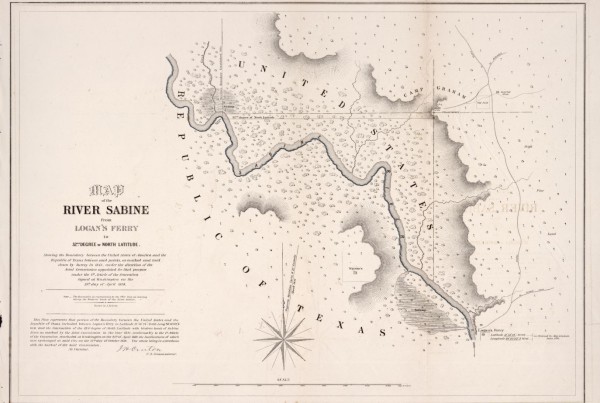This story originally appeared on Houston Public Media.
Shelter-in-place is an often-heard warning in Houston, meaning to stay inside because it’s safer than trying to flee from poisonous fumes coming from a leaking pipeline, or a chemical plant that’s exploded.
It has been a catch phrase for decades. Its roots can be traced to an accident on a Houston freeway on May 11th, 1976.
Viewers of CBS News would have seen a report filed by reporter Judd Macilvain, who worked at the network’s Houston affiliate, KHOU-TV.
“The accident occurred when a tanker truck loaded with liquid ammonia plunged off an elevated ramp onto a freeway below… Some persons were killed by the impact of the accident. Others were overcome by ammonia gas,” Macilvain said in his report.
It turned a freeway into a horrible scene of death and injury. And it happened right outside the office window of Mike Read.
Read now lives in Sugar Land. In 1976, he was an editor at the Houston Post, a daily paper now defunct. But the building is still there, right at the intersection of Highway 59 and the 610 Loop near the Galleria shopping mall. Right where the tanker plunged off a ramp and split open.
“A little after 11 o’clock the whole building shook,” Read said.
Read and dozens of Post employees ran to the windows and realized that while the accident was over on the freeway, a toxic threat was now heading their way.
“There’s a large white cloud beginning to form under the freeway interchange,” Read remembered. “It was rolling across the ground.”
It was cloud of ammonia gas. Quick-thinking building engineers shutoff the air conditioning. Employees headed to the top floor.
“We didn’t consider it sheltering-in-place, nobody called it that back then. We just considered it not going out into a toxic gas cloud,” said Read.
It took only minutes for the ammonia cloud to pass across the building. Afterward, how were Mike Read and his fellow Post employees?
“The only injuries that came from the Post were from people who had left the building. Nobody that stayed in the building was injured or suffered any ill effects at all,” Read said.


